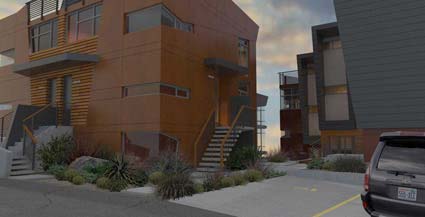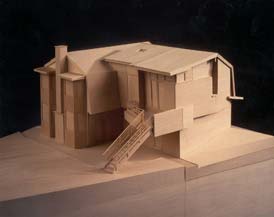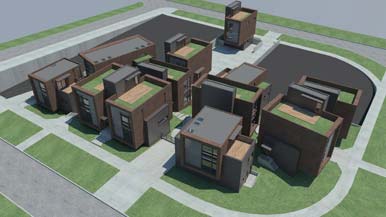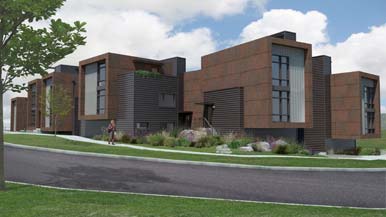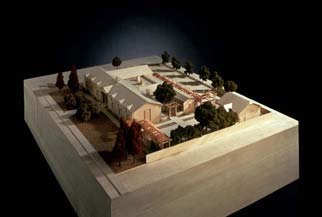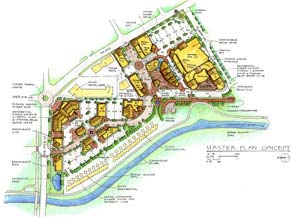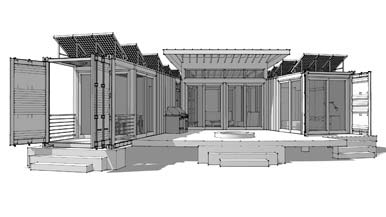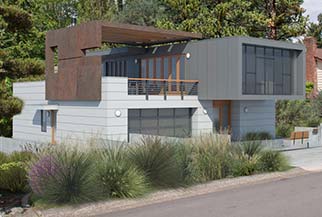The Steps Involved in
Design and Construction
– What to Expect
Design and construction projects involve several steps. Typically, projects go through the following six phases. However, on some projects several of these steps may be combined or there may be additional ones.
Step 1 Programming/Deciding What to Build
The homeowner and architect discuss the requirements for the project (how many rooms, the function of the spaces, etc.), testing the fit between the owner’s needs, wants and budget.
Step 2 Schematic Design/Rough Sketches
The architect prepares a series of rough sketches, known as schematic design, which show the general arrangement of rooms and of the site. Some architects also prepare models to help visualize the project. The homeowner approves these sketches before proceeding to the next phase.
Step 3 Design Development/Refining the Design
The architect prepares more detailed drawings to illustrate other aspects of the proposed design. Floor plans show all the rooms in correct size and shape. Outline specifications are prepared listing the major materials and room finishes.
Step 4 Preparation of Construction Documents
Once the homeowner has approved the design, the architect prepares detailed drawings and specifications, which the contractor will use to establish actual construction cost and build the project. These drawings and specifications become part of the building contract.
Step 5 Hiring the Contractor
The homeowner selects and hires the contractor. The architect may be willing to make some recommendations. In many cases, homeowners choose from among several contractors they’ve asked to submit bids on the job. The architect can help you prepare bidding documents as well as invitations to bid and instruc-tions to bidders.
Step 6 Construction Administration
While the contractor will physically build the home or addition, the architect can assist the homeowner in making sure that the project is built according to the plans and specifications. The architect can make site visits to observe construc-tion, review and approve the contractor’s applications for payment, and generally keep the homeowner informed of the project’s progress. The contractor is solely responsible for construction methods, techniques, schedules and procedures.



























